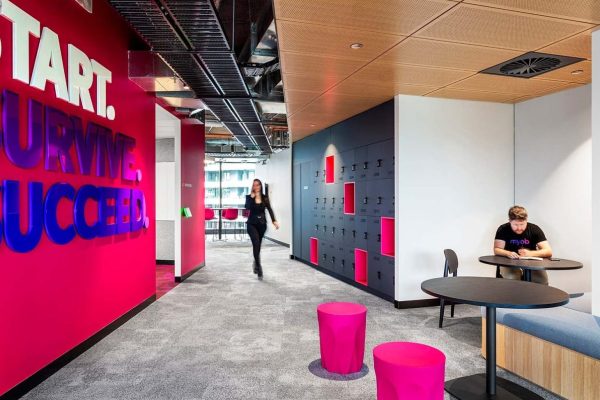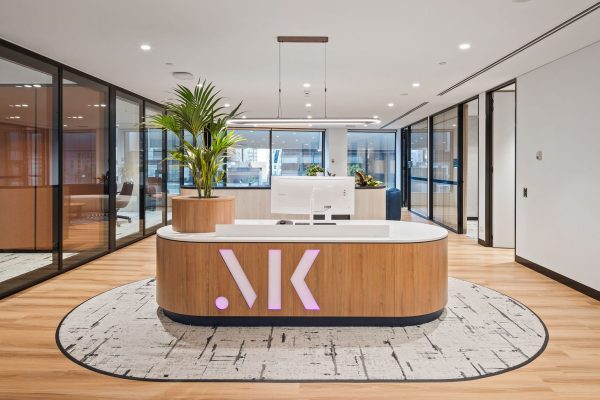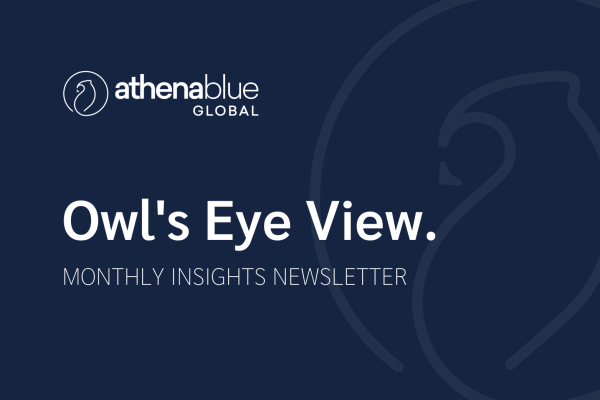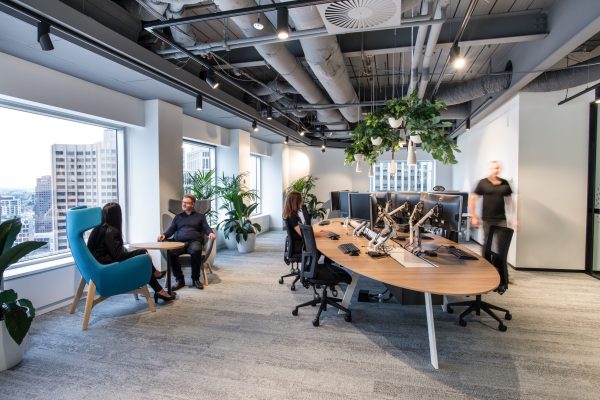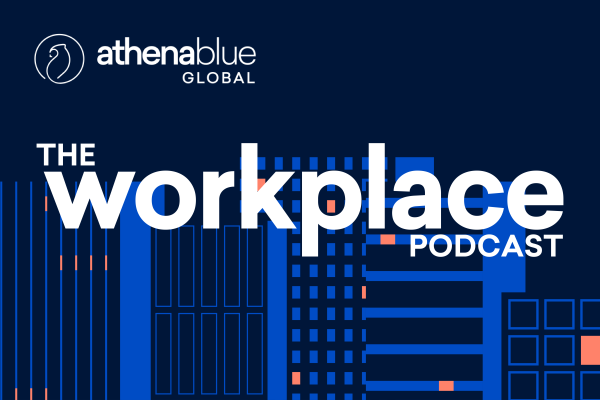Tell us about your background and what you do?
I’m a real estate practitioner in the context of corporate real estate but coming from a finance, property valuation and economics background. Over the years I’ve applied those skills to organisations with large real-estate portfolios across Asia Pacific. Along that journey of my career, I branched out into all the things that now intercept with corporate real estate. I came to be very curious with everything that touches the real estate and workplace, including the technology that influences and motivates it’s users.
How has the workplace changed over the years that you’ve been in the industry?
When I first started, real-estate and the workplace fell under finance. This was the same for most organisations. One of the biggest changes I’ve observed is how the workplace has moved away from finance and into operations, then into shared services. And now it’s firmly placed in HR. When I first hear about workplace sitting under HR, I couldn’t quite work that out as I was looking at real-estate through an economic lens. So that’s the biggest observation for me, how the human centric benefits of corporate real-estate is now elevated higher up the corporate real estate hierarchy of needs.
The workplace was a vehicle for work and it’s still, in my opinion, a vehicle for work. But there’s an empathy that applies to it now beyond just the bricks and mortar, and beyond the institution of work.
What has the change of moving real-estate from a finance focus to a people focus meant for the workplace?
When reporting on the workplaces, it sat solely under finance, and was very focused on the monetary measurements – which doesn’t have a direct impact on the actions of individuals. When I saw HR coming into conversations on the workplace, I could see the more human side of what we do start to shine. HR outputs are more difficult and subjective to interpret than finance numbers so its not uncommon for the financial numbers to dominate the topic – for example how do you measure the impact of a person being able to connect? Just because you can’t definitively measure it, doesn’t meant it does not exist.
In a financial model, there’s usually an attempt to create a process and structure around what we could define, replicate and repeat in workplaces. Particularly in large global organisations, the waterfall process is applied to workplace projects, where you just move from one stage to the next. But I realised we actually learn the most during the course of the project, i.e. design thinking. It’s important to have enough process flexibility to capture the magical moments and then re-purpose them during the concept and design stages. Through active engagement during those early stages projects, we actually get a lot of useful feedback and insights from people so those engagements became critical to the downstream project outputs. So a project framework should respect the process but allow us to take advantage of insights , capture those innovations and import them into your project. This is an area we invest a lot of time into improving.
“…the human centric benefits of corporate real-estate is now elevated higher up the corporate real estate hierarchy of needs.”
— John Corbett
What do you see as the biggest change in workplaces moving forward?
I think the biggest changes in real-estate are already in motion. Organisations are really considering how efficient their workplace and portfolios are and removing redundancy via optimization. The next phase is about improving the efficiencies of the workplace so they work harder for the users.
Technology is being brought in to help scale, manage and sustain a workplace strategy, but technology is also going to be a big disruptor of workplaces. Organisations need to think about how their strategy is going to be respond to these technology influences – and it’s not going to be able to be done in traditional way. Speaking with workplace strategists, I am observing that real estate, workplace and workplace strategies remain too disparate. In many cases the technology being pushed competes with the physical workplace on many fronts.
Having the maturity to understand what the problem looks like and how to respond to it will be the biggest change, the biggest challenge and the biggest opportunity. I personally believe too many workplace strategies are clouded by outdated biases and real opportunities, sitting right in front of them, are being completely missed.
Workflow efficiency is the new workplace experience. To begin to take advantage of that, custodians of workplace strategies, need to first acknowledge the workplace is a vessel for work. Only once they have done that, can they start to identify efficiency opportunities and gift those efficiency benefits to the users. It’s a massive win/win opportunity.
—
At Athena Blue Global, we help organisations shape their best places to work. If you would like to learn more about how we can help you define your future way of working or make sense of your workplace needs, please get in touch with us here.


